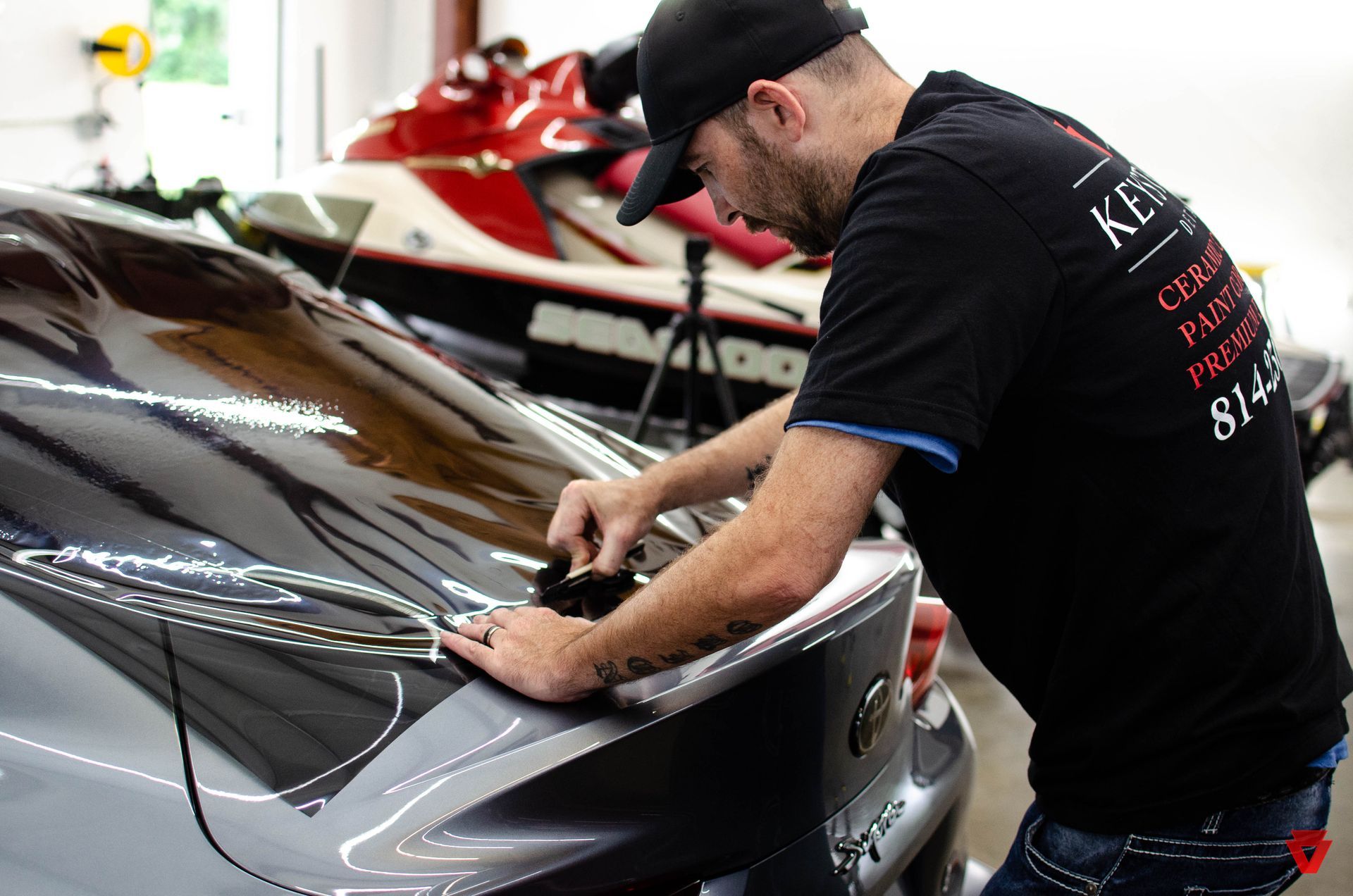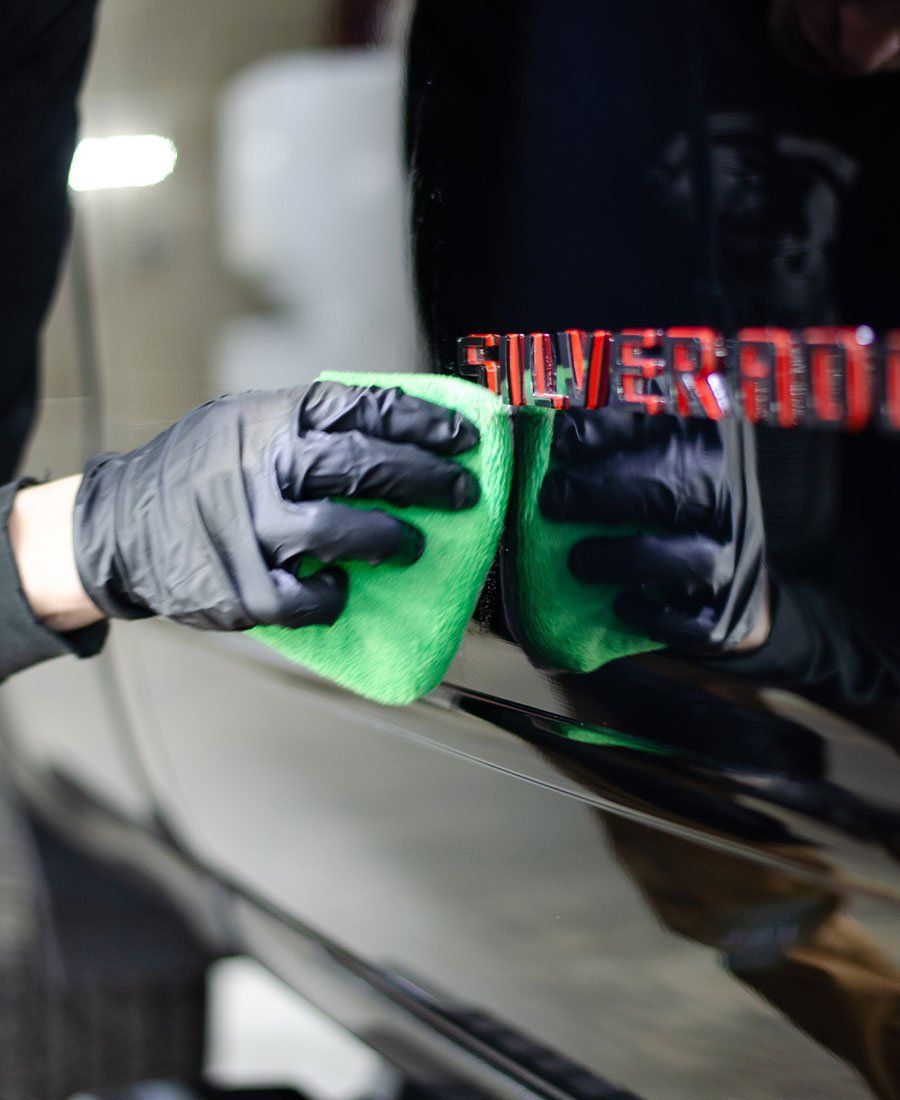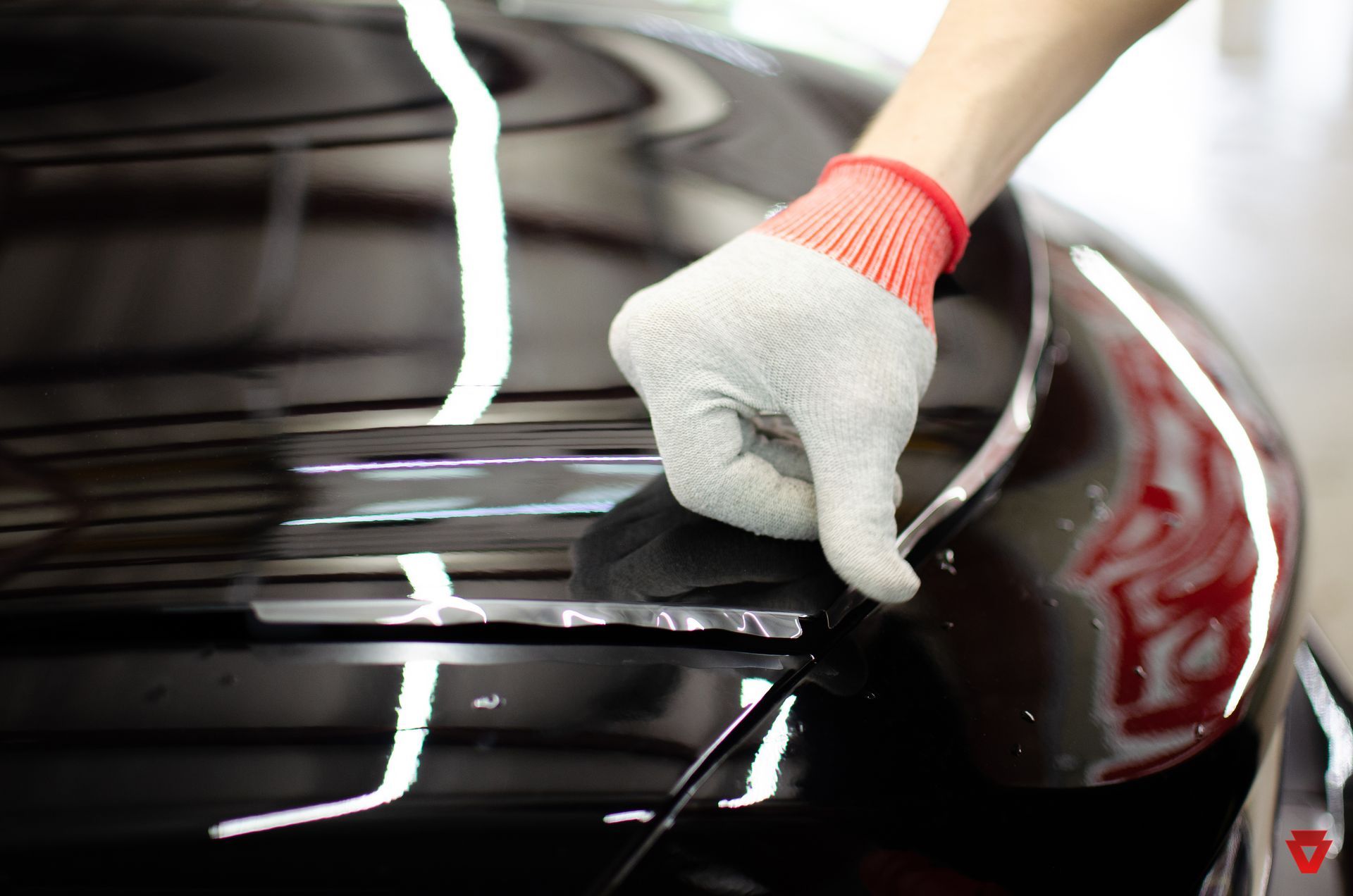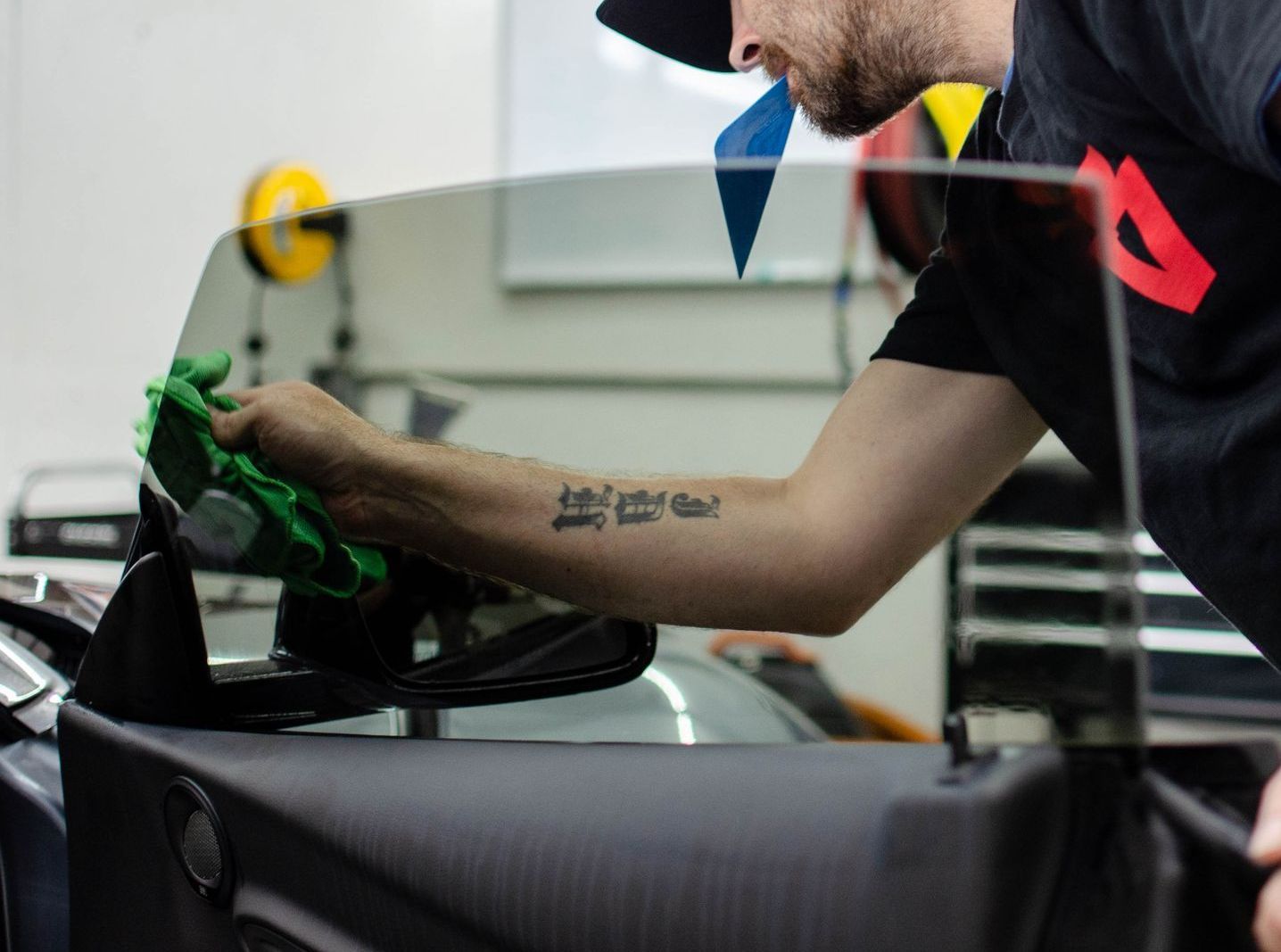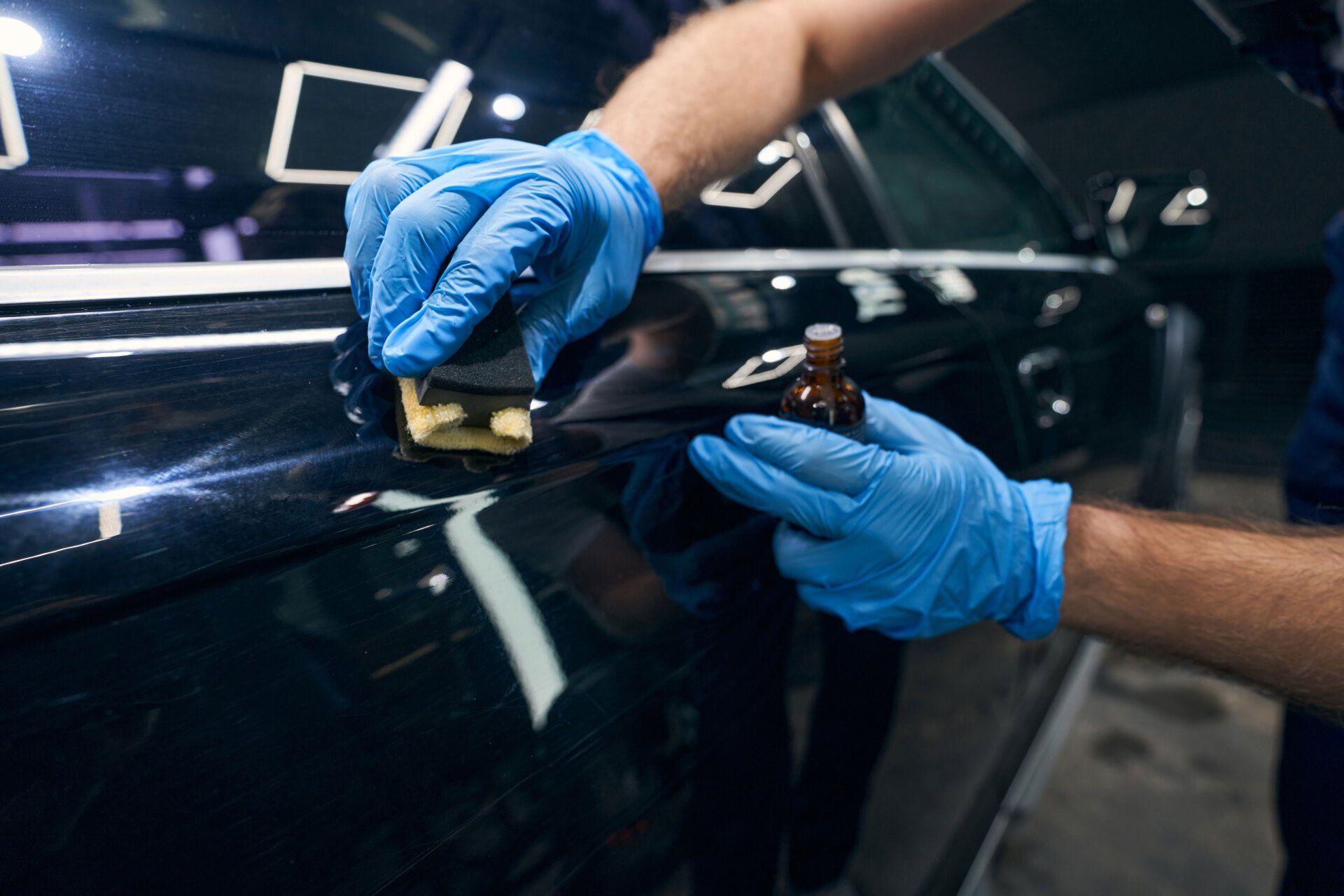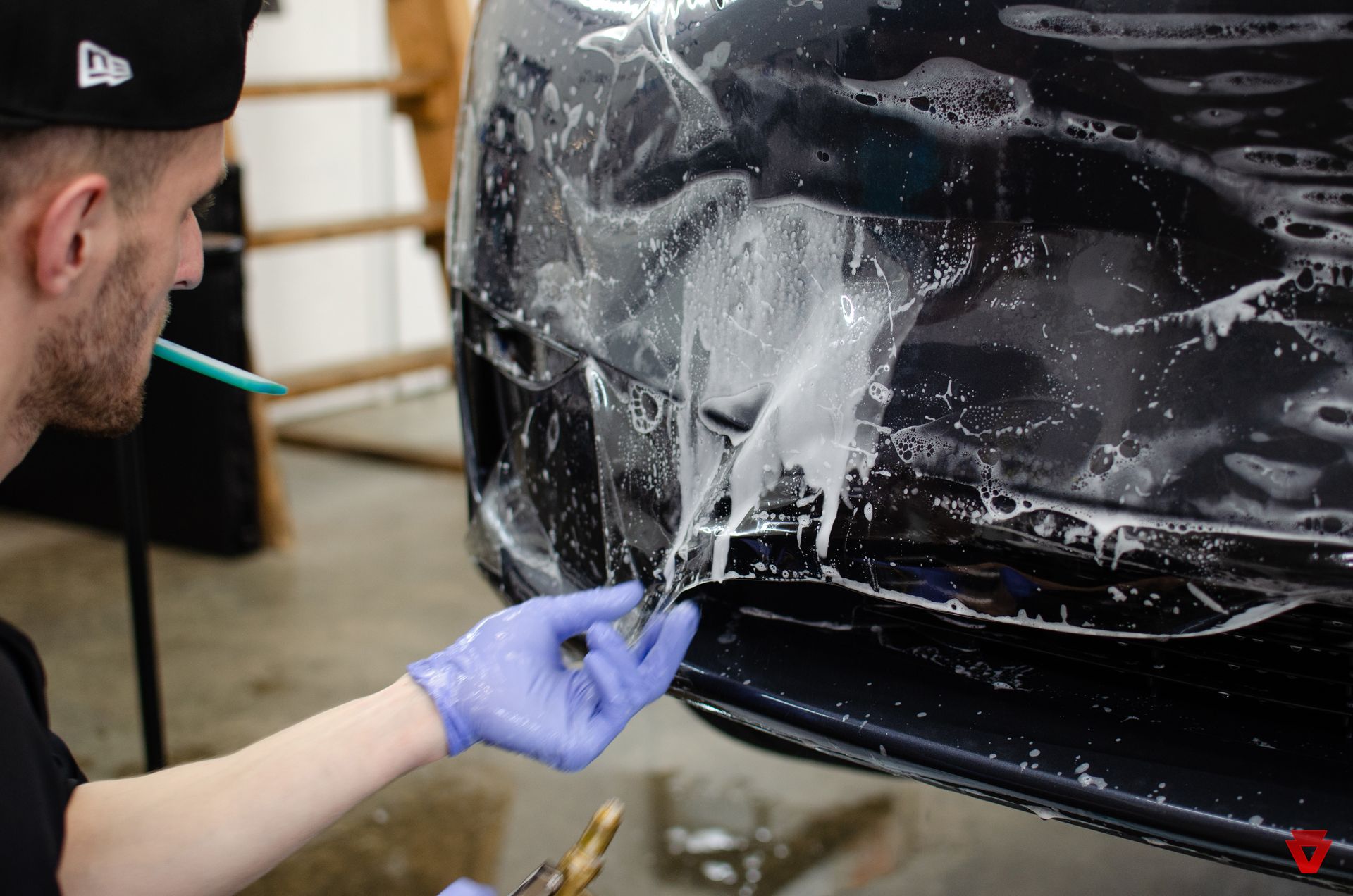By SEO Team
•
August 16, 2024
Caring for ceramic-coated surfaces involves more than just occasional cleaning. Each season brings unique challenges that can compromise their integrity if not addressed correctly. For many DIY enthusiasts and home improvement hobbyists, navigating these seasonal changes to protect your investments can be daunting. Whether it's the relentless summer sun causing accelerated wear or winter's harsh road salts threatening degradation, each condition presents its own set of obstacles. To maintain ceramic-coated surfaces during seasonal changes, it's essential to regularly clean the surface using appropriate cleaning products and techniques. Additionally, considering temperature regulation by parking in covered areas and ensuring proper ventilation during application and curing processes can help preserve the quality of the ceramic coating. Effects of Seasonal Changes on Ceramic Coatings Seasonal changes bring about fluctuations in temperature, humidity levels, and exposure to environmental contaminants, all of which can significantly impact the performance and longevity of ceramic coatings on vehicles or other surfaces. Temperature Fluctuations: In summer, the intense heat can lead to accelerated curing and adhesion of ceramic coatings. However, prolonged exposure to high temperatures, especially in sunny climates, can expedite the degradation of these coatings. This emphasizes the critical importance of choosing ceramic coatings with UV-resistant properties to withstand the adverse effects of sun exposure. Conversely, freezing temperatures during winter can pose challenges for the proper curing process if ceramic coatings are applied during this period. It is essential to apply ceramic coatings at moderate temperatures to ensure optimal bonding and curing without hindrances from extreme cold conditions. Humidity Levels: Elevated moisture levels in the air can complicate the application and curing process of ceramic coatings. The bonding process may be affected, potentially leading to contamination and haziness in the coating's finish. This underscores the need for controlled environmental conditions during application to optimize the bonding and integrity of the ceramic coating. While low humidity levels are generally more favorable for curing processes, it's crucial to ensure that the surface intended for coating is clean, free of dust, and prepared for effective adhesion. Environmental Contaminants: During spring/summer seasons, environmental elements such as pollen, tree sap, and bird droppings are more prevalent. If not promptly cleaned off, these contaminants can mar the appearance and compromise the protective properties of ceramic coatings. In colder months, road salt, snow, and ice present a different set of challenges. Residues from these substances can accumulate on coated surfaces over time, potentially degrading the protective layer if not managed appropriately. Understanding these specific effects of seasonal changes on ceramic coatings equips individuals with valuable insights into adapting their maintenance practices to preserve the integrity and appearance of these protective layers under diverse weather conditions. It underscores the importance of proactive care and vigilance in managing environmental influences that can impact ceramic coating performance. By recognizing how temperature fluctuations, humidity levels, and environmental contaminants can influence ceramic coatings throughout the year, individuals can make informed choices regarding application timing and maintenance measures for long-lasting protection against weather-related challenges.
